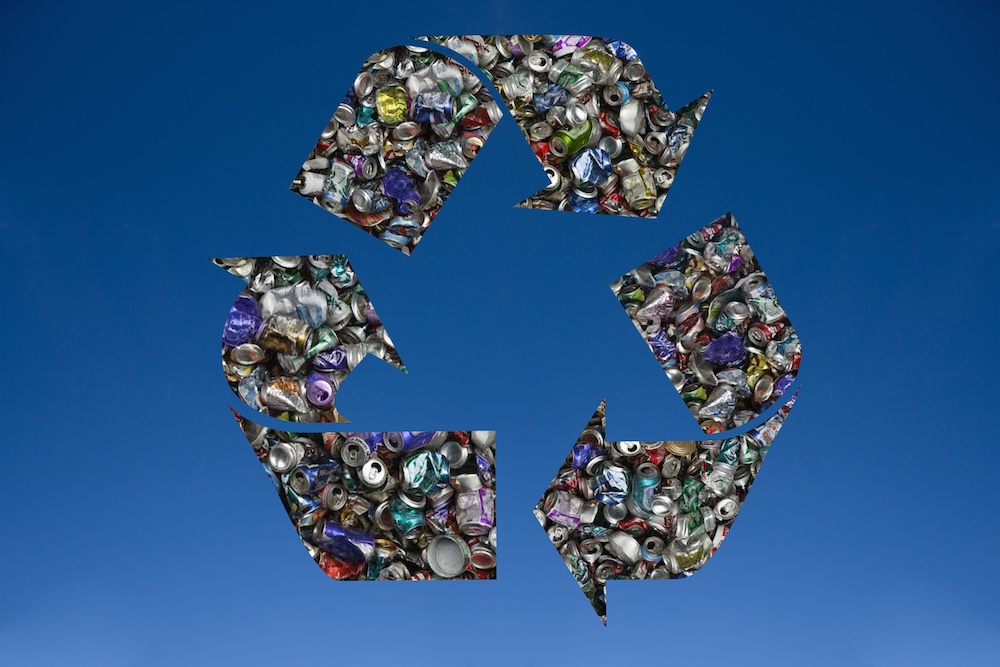Everything we make begins with a material.
And everything we discard becomes a message about how we value the world around us.
For more than a century, the global economy has been built on a simple, linear formula: extract, use, and discard. But that equation is no longer sustainable.
Today, a new generation of materials is emerging — not designed to last forever, but to belong forever within a living system of renewal.
These are the circular materials — built to flow, not to end.
What Makes a Material “Circular”?
Circular materials are those that can either:
- Return safely to nature, like biodegradable or compostable substances, or
- Be endlessly recirculated through recycling, remanufacturing, or upcycling without losing quality.
They are designed from the start to eliminate the very idea of waste.
Instead of fighting against natural cycles, they mimic them — transforming durability, adaptability, and regeneration into design principles.
The Problem with Linear Materials
The OECD reports that global material consumption has tripled since 1970, and is on track to double again by 2060.
Linear materials like virgin plastics, non-recyclable textiles, and composite metals are driving this surge — designed for single use and permanent disposal.
These materials accumulate as pollution, microplastics, and toxic residues that outlast their usefulness by centuries.
Circular materials offer an escape route — not just from waste, but from the mindset that created it.
The Building Blocks of a Circular Future
1. Mycelium (Mushroom-Based Materials)
Mycelium — the root structure of fungi — is grown, not manufactured.
It can replace plastics, foams, and even leather, forming strong, biodegradable composites.
When its life ends, it feeds soil instead of poisoning it.
Companies like Ecovative and MycoWorks are leading this movement, using fungi to reimagine everything from furniture to fashion.
2. Hemp and Algae Fibers
Hemp grows quickly, absorbs CO₂, and regenerates soil. Algae produces oxygen, filters water, and yields biodegradable bioplastics.
Together, they represent renewable, carbon-sequestering alternatives to synthetic textiles and packaging.
3. Recycled Metals and Glass
Unlike most plastics, metals and glass can be recycled indefinitely without quality loss.
Circular manufacturing systems already reuse aluminum, copper, and steel with minimal energy compared to virgin mining.
4. Cellulose and Paper-Based Innovations
Paper, cardboard, and nanocellulose composites can replace many single-use plastics.
Innovators are developing water-resistant paper packaging and compostable cellulose films that balance functionality and circularity.
5. Bio-Based Polymers
Instead of being derived from petroleum, bio-polymers use renewable inputs such as corn, cassava, or sugarcane.
When produced responsibly, they reduce dependency on fossil fuels and can break down naturally under the right conditions.
Why Material Design Matters
A product’s sustainability is determined long before it reaches the shelf.
Up to 80% of its environmental impact is decided at the design stage (Ellen MacArthur Foundation).
This means the future of sustainability depends not just on recycling or disposal — but on what things are made of in the first place.
Circular materials aren’t just technological innovations — they are philosophical ones.
They challenge the very notion that creation must end in destruction.
Barriers to Circular Adoption
Despite their promise, circular materials face real challenges:
- Cost and scalability: Many bio-based or regenerative materials are still more expensive to produce.
- Infrastructure gaps: Recycling systems often can’t handle new material streams.
- Greenwashing risk: Some “bioplastics” still contain fossil-based polymers and don’t biodegrade as claimed.
- Regulatory lag: Global standards for labeling and compostability remain inconsistent.
These barriers slow progress — but they also highlight opportunity.
The Shift Toward Transparency
Circular design is most powerful when paired with transparency.
From digital material passports to lifecycle labeling, consumers are beginning to demand proof — not promises.
This visibility helps brands stay accountable, prevents false sustainability claims, and allows circular innovation to thrive.
The Circular Material Revolution
We are entering a new design era — one where the best materials are those that disappear gracefully or come back stronger.
In nature, nothing is wasted.
Every fallen leaf becomes soil.
Every broken shell becomes sand.
Circular materials restore that wisdom to human industry.
They are not the future — they are the return to how the planet has always worked.
Final Thoughts
The future isn’t built from what we take — it’s built from what we give back.
Circular materials remind us that the world is not disposable, and neither are we.
Every design choice — every fiber, metal, or molecule — holds the potential to become a thread in an endless cycle of renewal.
That is not just good design. It’s respect.









Reader Interactions